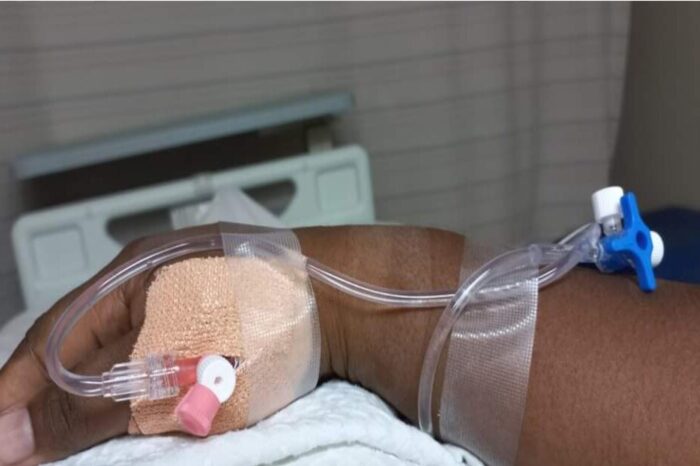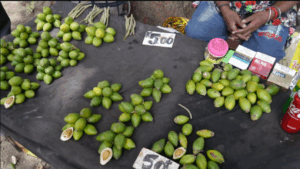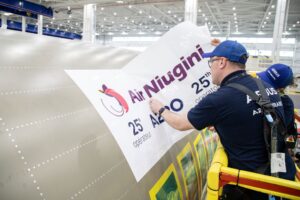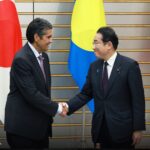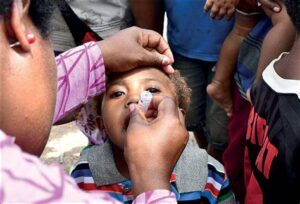Palau President Whipps supports Japan’s plan to release treated nuclear wastewater into the Pacific Ocean
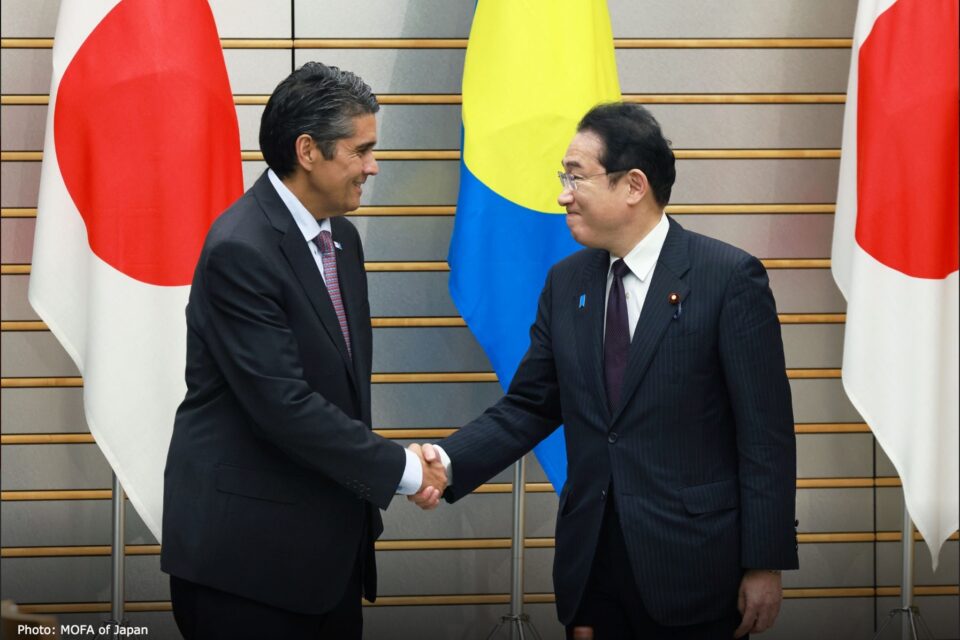
Palau’s President Surangel Whipps Jr is the first Pacific Island country leader to publicly express support for Japan’s plan to release treated nuclear wastewater into the Pacific
After meeting with Japan’s Prime Minister Fumio Kishida last week, President Whipps said he has confidence in Japan’s ability to meet local and international standards, ensuring the safety and well-being of the Japanese and the people of Palau.
“The level of attention and compliance that the Government of Japan has on local and international standards, as well as the health and safety of the citizens of Japan and the Pacific, helps boost our belief that Japan has a solid plan that it should be allowed to implement,” stated Whipps in his statement.
Meanwhile, most Pacific island leaders are waiting for the outcomes of the meetings between the International Atomic Energy Agency (IAEA)’s experts and experts hired by the Pacific Islands Forum on the impacts of the discharge of treated nuclear wastewater into the Pacific.
Forum Secretary-General Henry Puna said Japan had promised not to release the water while the experts hired by the Forum and IEAE have ensured that the discharge does not pose a health risk and the waste water is not contaminated.
Fiji Prime Minister Sitiveni Rabuka has expressed strong opposition to the planned discharge, and Solomon Islands Prime Minister Manasseh Sogavare issued support last week, only to change his mind this week. In his statements in Solomon Island’s parliament, he said that his earlier statements were “misconceived” and that the Pacific is not the place to dump “unsafe, untreated nuclear wastewater.”
Concerns continue to be voiced regarding the long-term impact of the gradual release of treated nuclear wastewater into the ocean and its impact on oceanic ecosystems.
Japanese fishermen, scientists, marine biology and ecology experts, along with most of the members of the Pacific island countries, are urging Japan not to release the water.
But President Whipps trusts that Japan will do what they say they will do, to remove contamination before the water is discharged.
The nuclear-contaminated water occurred when Fukushima Daiichi nuclear power plant nuclear plant was damaged by the earthquake in 2011, resulting in the meltdown of three reactors. To cool the plants seawater was pumped into the plant to cool the reactors. The resulting contaminated water had to be stored somewhere to prevent leaking or spillage of radioactive wastewater.
Japan said it has been “treating” the wastewater to remove dangerous radioactive isotopes from the wastewater, and what is left is “safe” to be released into the ocean.
SOURCE: ISLAND TIMES/PACNEWS

